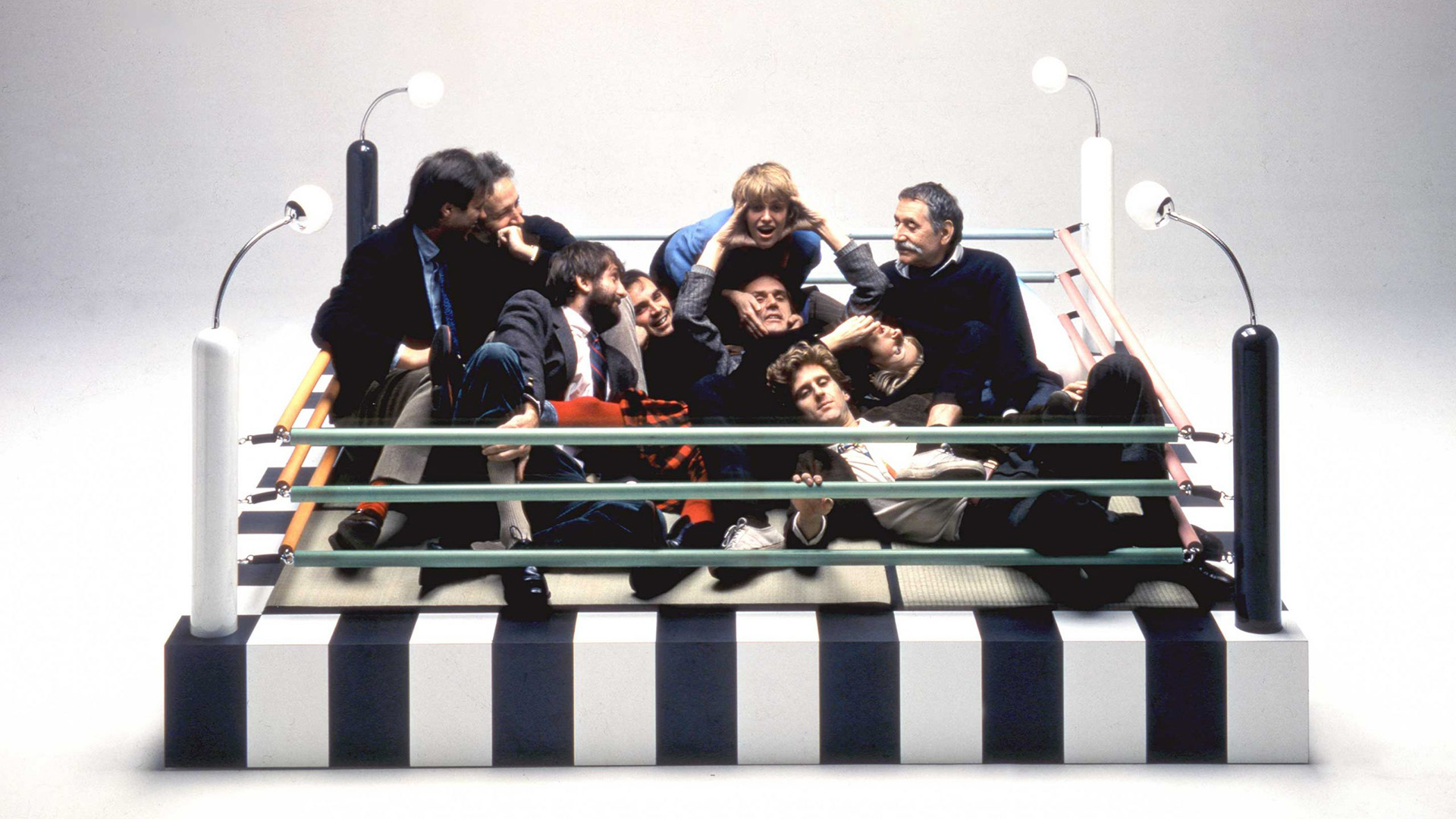Home
I’m shopping for my own home

An iconoclastic design phenomenon from Milan’s creative heartbeat, this collective shattered design orthodoxy in the early 1980s - transforming furniture, lighting, and décor into vibrant, sculptural declarations of postmodern flair.